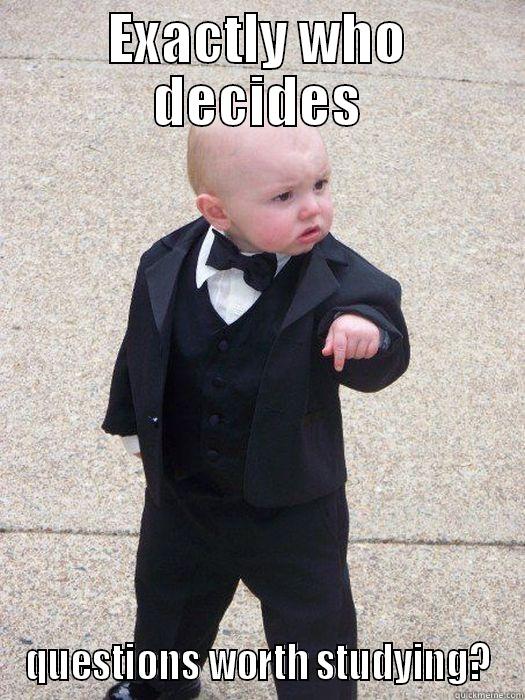Lately, I have thought a great deal about networks and communities, and the differences between them. Learning, in particular, needs to take note of the differences to be effective.

Networks, or networking, have a purpose. LinkedIn and Twitter connect you to others of like interests, who work together informally to utilize services. And that's fine. In my personal life, I need services ranging from a loaf of bread to an oil change, and I have a location in mind. Similarly, any number of websites provide some digital equivalent for that immediate need, including edutopia.org or teachthought.com for a first look at most teaching strategies or infographics
If you drop off the network, though, the network will go on as long as a base of users remains. Think of the local power company, a supermarket chain, education websites and blogs, or even much of social media. If the service is not utilized, the media valuation of an ID may go down according a sysomos.com product, or Klout, but the ID is not penalized.
.
There are deeper networks as well. A preferred appointment at a monthly stylist, or a group of 338 friends on Facebook makes for an end user. And yes, that's exactly how it is defined in the Terms and Conditions https://www.facebook.com/legal/terms
Which really shouldn't be surprising to any of us. After all, random pictures on Instagram are perhaps interesting in terms of photographic composition, or principle of design, but we aren't invested in them, any more than we are interested in stock photos or a brand of toothpaste we don't purchase. A bigger connection is between two acquaintances sharing photos or cousins sharing pictures of the kids. It just doesn't matter to us as individuals unless we are personally connected into a community and we put ourselves out there.
That, my friends, is an entirely different proposition. There's risk involved in becoming a community member. A person can take issue with your position, share more evidence, or enter into a discussion with you about the minutiae of what
 you are attempting. Or they can try to change your mind. Whatever. They still are interacting with you, and it's a different mindset that will change you both. There's a different sense there than there is from the 40% of Twitter users who only lurk.
you are attempting. Or they can try to change your mind. Whatever. They still are interacting with you, and it's a different mindset that will change you both. There's a different sense there than there is from the 40% of Twitter users who only lurk.
More and more, I'm not convinced that lurking does, well, anything. You can lurk at professional meetings, listening to the speaker explain a power point. You can lurk as a student, keeping your eyes down as a big lecture focuses on facts and figures. You can lurk as a teacher, as long as the administrator operates a permissive culture and you keep under the radar. Unless you are leading WITH your people, sitting and sharing, that trust you want as a board member with your district, as an administrator, and in your classroom will NOT happen. Trust is built from the bottom up, not created from power structures that are top down.
So this year, let's do something different as a result of #leadershipday14.
Let's think about how to transform lurking on networks into real community.
Ask people for their ideas
Listen to them, rather than looking for confirmation bias.
Admit your mistakes.
Practice servant leadership.
That includes in your online space as well as your bricks-and-mortar building. Because networks don't fix anything. There is a difference between users and givers in terms of purpose, investment, and personal potential for growth in the endeavor. Networks are run on units of influence, including personal power, money, personal glory, or social standing.
Digital Community Leadership Can Translate into Trust-Building in your School
How? By giving up fear and replacing the culture with openness, in person and online.
1. Host a school Facebook page. Update it at least ever 48 hours and allow comments.
2. Check the stats on the paper newsletter. How often is it utilized? Is it a venue worth keeping?
3. Engage your students and teachers via a one question, 15 minute, Monday morning Twitter chat. Post the topic in the halls, on your Facebook page, and make it real.
4. Encourage your staff as a whole (janitors, paraeducators, nutrition workers) to become digitally-savvy
5. Discuss digital citizenship with kids, not to and at kids.
6. Allow blogs that promote student voice.
7. Create login-based, collaborative communities where people can experience shared visioning.
8. Make it about the school voice, not your voice.
You. Me. Us. We'll be stronger together when we start listening.













